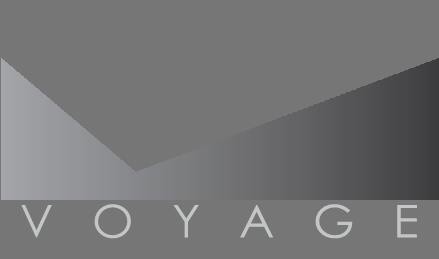The Most Powerful Motivator: How fear is etched into our brains
Published on October 20, 2014Share Tweet Share
I was abruptly awakened and told, “The house is on fire. Go outside!” As I ran out of my bedroom and into the hall my socks slipped on the polished oak floor. A guiding hand helped me keep my footing and a frantic voice urged, “Hurry! Hurry!”
As I got to the door I looked over my shoulder and saw flames leaping out of the heating grate on the floor. The door was thrown open and I was shoved outside into the carport. “Go stand in the driveway and wait for me. And, DO NOT come back inside. Do you hear me? DO NOT come back inside the house!”
The door shut and I began to cry. I stood and stared at the seafoam green door with the frosted jalousie windows. I waited and waited, but I did not go stand in the driveway. I couldn’t move. I began to shiver as the cold concrete floor seeped through my socks, and the winter air penetrated my pajamas. It seemed to take forever, and with each passing minute, I cried harder. I could taste the salt of tears flowing down my face and into my mouth.
Finally the door reopened and my mother announced, “The fire is out.” Relief flooded my body as I ran into her arms and she held me tight. I was two years old and the mental images of that day are as clear as if it happened yesterday. It is perhaps my oldest memory.
As an advertising and marketing consultant, I know there are many things that motivate us. During my presentations I frequently conduct straw polls, where I ask my audiences what motivates them. The first answers are usually about desires, but eventually someone remembers the most powerful motivator of all. FEAR.
Fear is a primal instinct that served us as cave dwellers and today. It keeps us alive, because if we survive a bad experience, we never forget how to avoid it in the future. Our most vivid memories are born in Fear. Adrenaline etches them into our brains.
Nothing makes us more uncomfortable than fear. And, we have so many: fear of pain, disease, injury, failure, not being accepted, missing an opportunity, and being scammed to name a few. Fear invokes the flight or fight syndrome; and our first reaction is always to flee back to our comfort zone. If we don’t know the way back, we are likely to follow whoever shows us a path.
Marketers use fear as a motivator as often as they can. They present a scenario they hope will invoke our sense of fear. Then they show us a solution – a path back to our comfort zone – that entails using their product or service. Fear is used to sell virtually everything: cars, tires, and life insurance are classics. But, clever marketers also use it to sell breakfast cereal and deodorant. As a result we purchase all sorts of things that a generation ago were considered unnecessary: antibacterial soap, alarm systems, vitamins… the list goes on and on.
WARNING: Fear can be too powerful to use as a motivator because it can also paralyze – the classic deer in the headlights syndrome. Would you like to use fear to motivate your employees to perform better? “If you don’t sell more widgets – you’re FIRED!” It can work, but there are rules you must follow for it to be successful. To use fear successfully as a motivator, a solution must be offered with it. A new path to follow. You can tell an employee he or she must sell more, but unless you show them how, fear will cause flight or worse: paralysis.
Fear is a powerful motivator, but it is a negative one. Don’t let fear push you into a decision that is not right for you. If you’re looking for a new business opportunity, do your research. When you have all the facts, your fear will diminish and you will be able to make a reasoned decision without the emotional baggage.
Not sure how much can you afford?
Fill out our Franchise Affordability Calculator



Voyage Franchising

